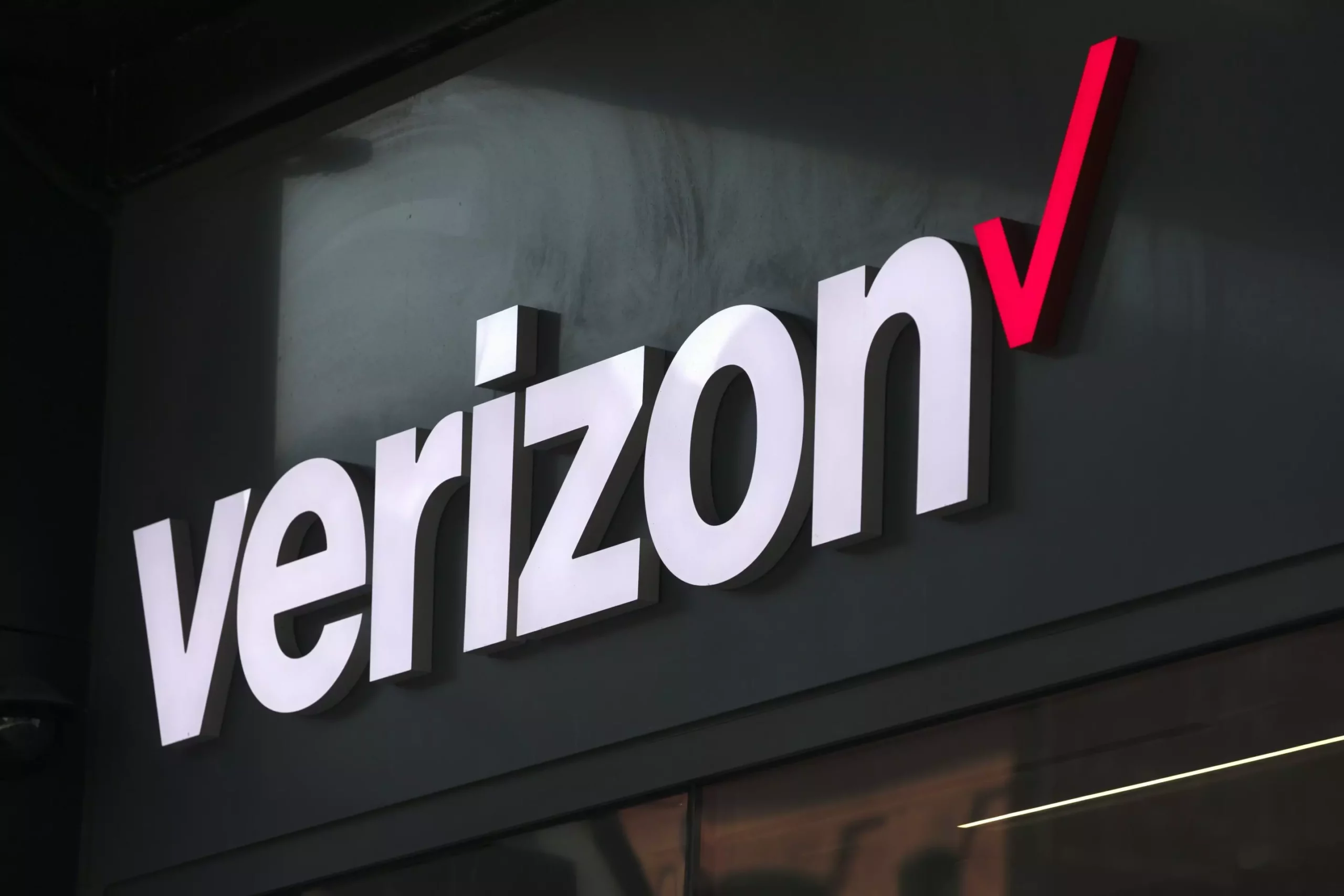On a typical Monday, many users rely on their cell phones for communication, navigation, and various applications. However, a significant service outage struck Verizon customers nationwide, causing disruptions for tens of thousands. Reports gathered by DownDetector, a platform tracking online outages, indicated that over 100,000 customers experienced service failures shortly after 11 a.m. ET. Even as the situation began to stabilize, by 4 p.m. ET, approximately 48,000 users still reported lingering issues, highlighting the extensive impact of this technical failure.
Geographical Spread of the Problem
The outage did not confine itself to a specific region, exacerbating frustrations among customers across the country. Users from the Southeastern states reported losing connectivity just as many were coping with the aftermath of Hurricane Helene, showing the plight of those in already compromised situations. But the inconvenience extended beyond that region. Reports of disruptions also flooded in from areas across the West Coast, Midwest, and Northeast, illuminating the widespread nature of the issue.
Verizon’s Response
In response to the growing crisis, Verizon took to their social media platforms, acknowledging the inconvenience affecting numerous customers. Their message stated they were aware of the situation and that engineering teams were actively investigating the problem. Such transparency is crucial during outages, yet the details provided were scant, leaving many customers seeking further clarification on the cause and timeline for resolution. Timely communication is often the key to maintaining trust, and Verizon’s effort to address the situation was appreciated by some, even if it fell short of reality for those suffering from the outage.
The Federal Communications Commission (FCC) also noted the outage later in the day, indicating that it would explore the circumstances leading to this disruption. While the commission’s acknowledgement is important, residents might wonder whether such oversight will lead to significant changes or preventive measures in the future. The feeling among affected customers is often one of vulnerability. Many rely on their phones for urgent communications, especially in emergency situations, making such disruptions not only inconvenient but potentially dangerous.
The outage caused some Verizon iPhone users to receive “SOS” indicators on their devices, signaling that their phones were unable to connect to the network but could make emergency calls through other carriers. Fortunately, users had alternative options for maintaining communication. Connecting to nearby Wi-Fi networks, an option available on both iPhones and Android devices, allowed users to bypass the cellular service disruption. Nonetheless, switching to Wi-Fi calling isn’t the default behavior for many, further complicating matters for individuals unaccustomed to such adjustments.
This Verizon outage stands as a reminder of the vulnerabilities inherent in our increasingly connected lives. With dependence on robust connectivity, widespread outages not only incite frustration but also disrupt daily routines. As users await a full resolution and an explanation from Verizon, the importance of reliable service alongside clear communication remains paramount. This incident highlights the need for telecommunications companies to not only invest in infrastructure but also in strategies for efficient crisis management and customer relations.

